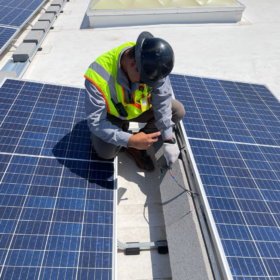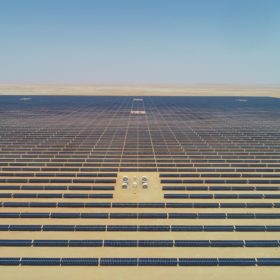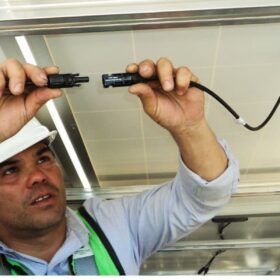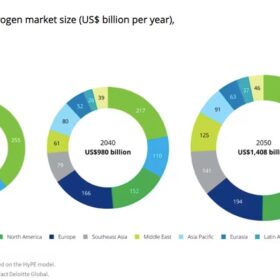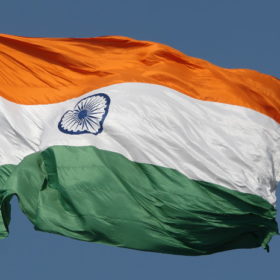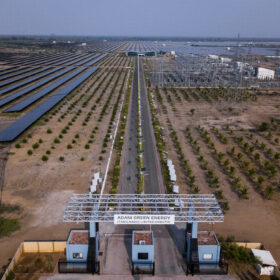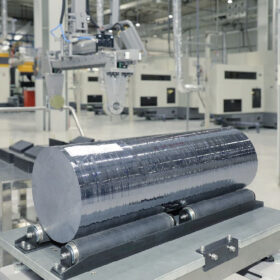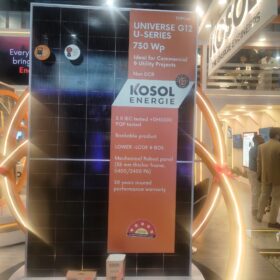Ten most common rooftop solar safety risks
Clean Energy Associates found a myriad of problems at solar installations around the world, noting that because most are caused by poor installation practices, many can be identified and resolved relatively easily before they lead to fires, safety risks and potentially costly liabilities.
Sterling and Wilson Renewable Energy reports strong order inflow in FY 2023
The solar and energy storage EPC provider is planning to collaborate with competent agencies for support towards development of robotic system for module cleaning, suiting to the company’s in-house designs.
Munich arrest before Intersolar tied to anti-dumping subsidy case, says lawyer
The German police arrested a Chinese citizen at Munich Airport last week, prior to the start of the Intersolar Europe trade fair. Investigators are targeting the detained individual for allegedly evading anti-subsidy and anti-dumping duties imposed on PV products in the European Union prior to September 2018, a lawyer told pv magazine.
The top causes of solar performance issues
A staggering 62% of inspected projects in USA were identified to have critical or major issues in a report by HelioVolt.
Hydrogen market to surpass LNG by 2030, says Deloitte
Deloitte says it expects steady hydrogen market growth, with annual revenue projected to hit $1.4 trillion by 2050, while Denmark and the Netherlands have started discussing hydrogen collaboration with the governments of Namibia, South Africa, and Morocco.
The future of trade finance in sub-Saharan Africa amidst hard currency challenges
With foreign exchange shortages plaguing sub-Saharan African economies, Bank One’s Head of Trade, Gerald Ndosi, explains what measures can be taken to overcome US dollar liquidity challenges, promote trade finance, and foster sustainable economic growth in the region.
Solar awning for recreational vehicles
Eco-dynamic Tech’s 1,000 W solar awnings for recreational vehicles (RVs) feature flexible heterojunction solar cells and can be customized with a range of color patterns.
NSEFI awarded Special Consultative Status by UN ECOSOC
The National Solar Energy Federation of India (NSEFI) has been awarded special consultative status by United Nations Economic and Social Council (ECOSOC).
Virtual power plants roll out across the U.S.
Virtual power plants (VPPs) coordinate distributed resources and demand for a more resilient, cost-effective energy transition. And they are gaining traction in the United States.
Adani Green ranked among top 10 RE companies globally for ESG performance
ISS ESG, the responsible investment arm of Institutional Shareholder Services, has placed Adani Green Energy Ltd (AGEL) in the ‘Prime’ B+ band for its high level of transparency
